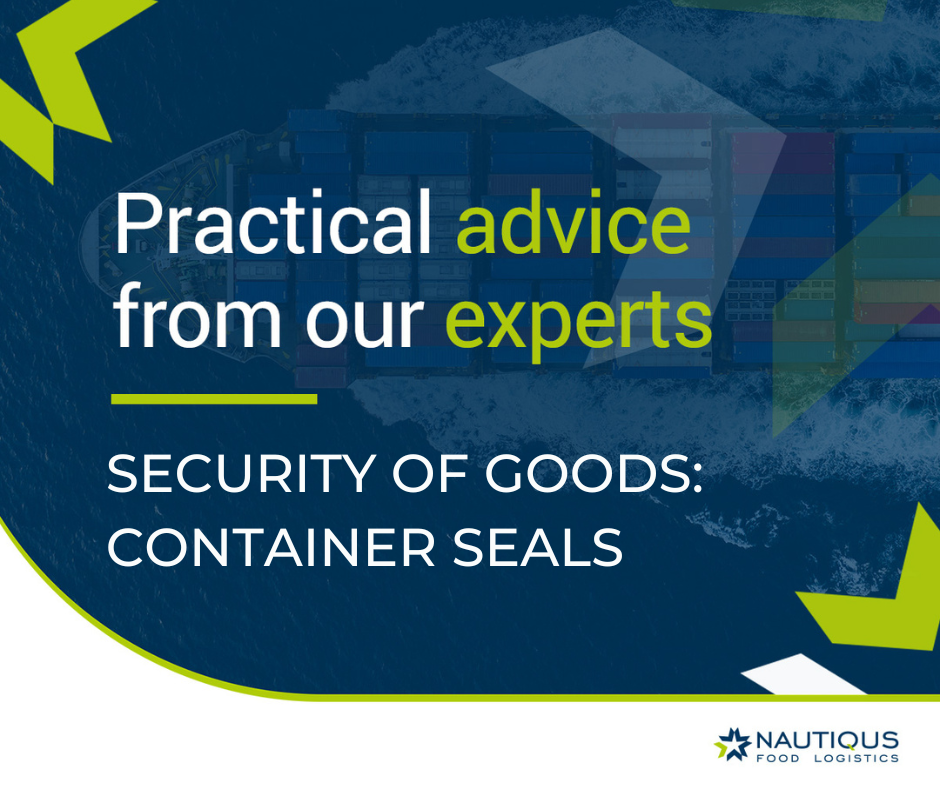Security of goods: container seals, their types and what are their benefits?

A container seal is a mechanism used to secure a container during transport.
Its purpose is to protect the transported goods from damage, theft or substitution.
Each seal has its own individual number, which is affixed to the shipping documents, which makes it possible to verify that there has been no attempt to substitute it. An intact seal is a guarantee that the goods inside the container are safe and that their physical and quantitative condition has not been altered. A damaged seal may indicate that someone has opened the container and it may turn out that the condition of the goods is not what it was originally. The mere presence of the seal also has a preventive function – it minimizes the risk of breaking into the container and stealing the goods.
The mechanism of the seal means that it can only be used once, since its removal requires the destruction of the clamp. Removal of the seal is not possible by pure physical force. One cargo can be secured with more than one seal at a time – sometimes both the carrier and the principal use their own security devices.
We distinguish between different types of seals, but for securing containers are used:
- fixed-length snap-on bottle seals – provide the highest level of security, should be affixed by the shipper or driver under the control of the shipper,
- veterinary seals (affixed by the district veterinarian responsible for the place of loading) – for products of animal origin exported outside the territory of the Republic of Poland to third countries,
- customs seals affixed by the customs officer.
What to do if there is any doubt that the seal has not been tampered with during transportation?
In such a situation we advise:
- first of all, check in the transport documents the seal number, whether it agrees with the number on the seal, if not – the seal was most likely substituted,
- call the appropriate customs service, and in the case of products of animal origin – also the veterinary service,
- notify the supplier, the shipper and the freight forwarder.
Advice from our experts:
- After the seal is applied, it is a good idea to take a photo of the seal so that if you have any doubts, you have a photo to compare with the condition of the seal.
- When exporting goods, we recommend that the seal be applied by the shipper personally, not by the driver.
- In imports, it is important for the driver to carefully check the seal number with the number given in the documents and its physical condition – whether it is not damaged.
- Before setting out on the road and during stops, the driver is obliged to check that the seal numbers match the data recorded in the documents.
- We advise you to use only reliable carriers.
- In addition to applying the seal, we also recommend taking out container insurance.

